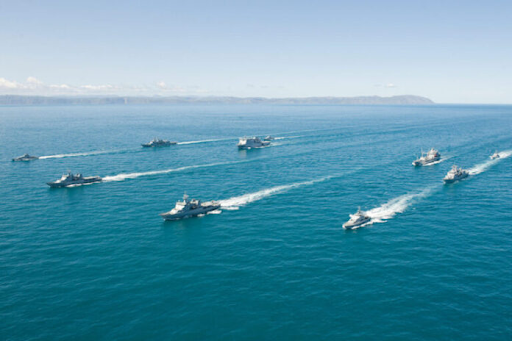In a tense South China Sea encounter on Tuesday, China turned from aggressor to accuser, using water cannons against Philippine ships before alleging a “deliberate ramming.” The collision near Scarborough Shoal has pushed the two nations’ dispute into a more dangerous and unpredictable phase, drawing international condemnation.
The confrontation began when a group of over ten Philippine government ships neared the contested shoal. The Chinese Coast Guard responded with force, firing water cannons to repel them. After a collision occurred, Beijing swiftly issued a statement blaming the Philippines for the “egregious” and “provocative” incident.
This physical clash is the latest chapter in a dispute inflamed by China’s declaration of the shoal as a “national nature reserve” just last week. The move was widely seen as a disingenuous attempt to assert control. The Philippines, which calls the area Bajo de Masinloc, was already preparing to protest the declaration.
The Scarborough Shoal has long been a symbol of the broader struggle for control in the South China Sea. The waterway is a critical commercial artery and home to rich fishing grounds, making the overlapping territorial claims of China, the Philippines, and others a constant source of regional tension.
Global powers are siding with the Philippines. A prominent US senator described Beijing’s actions as a “coercive effort” to advance its illegal claims. The governments of the UK and Australia have also registered their concern, while Canada delivered a pointed critique of using environmentalism as a tool for territorial acquisition.
China Turns Aggressor, Then Accuser in South China Sea Collision
14

